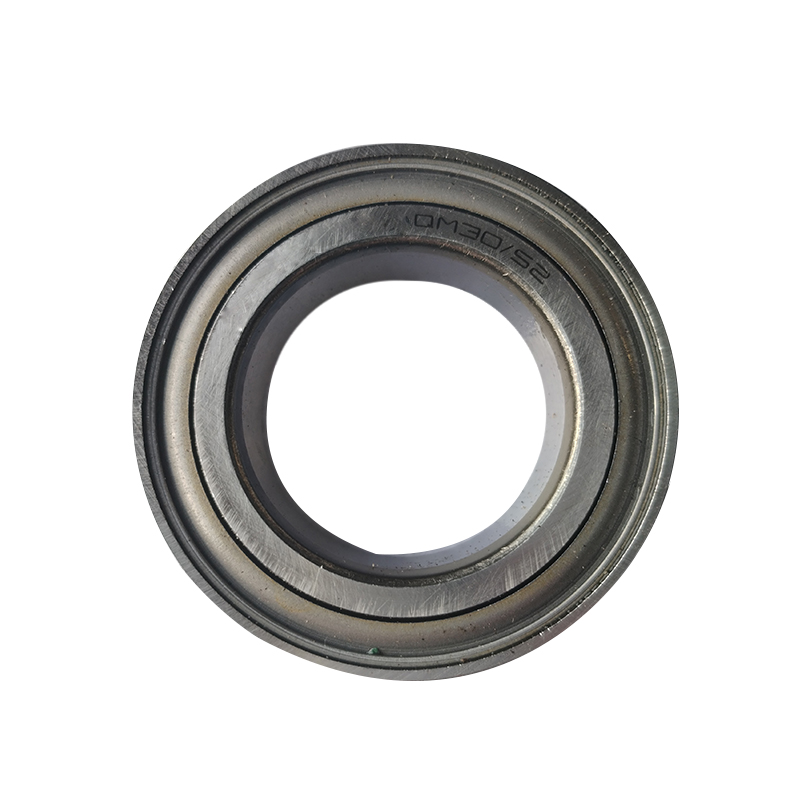Apr . 28, 2024 12:12 Back to list
Why bearings fail and what to do about it
Motor bearings are responsible for 51% of all motor failures. (The U.S. Department of Energy puts the number even higher, at 67%.) Find out why bearings are important, what causes bearing failure and get a checklist so you know what to do about it.
Bearings are critical to the efficient functioning and longevity of an electric motor. Rolling element bearings support and situate the rotor, ensure a small and consistent air gap between the rotor and stator, and transfer load from the shaft to the frame. Without bearings, the motor loses efficiency and power and has increased friction and vibration. Not surprisingly, when bearings fail, there is increased drag, more heat and reduced efficiency.
- Improper lubrication
- Misalignment
- Incorrect installation and fit
- Electrical damage
- Overloading
- Overheating
- Contamination
Improper lubrication. According to an article in Reliable Plant, 80% of bearing failures are the result of lubrication failure. That’s a lot of responsibility for a little bit of grease. Lube your bearings properly with the right type of lubricant and keep an eye on motor temperature, as high temps degrade lubricant.
Misalignment. This one can be sneaky, since a motor and load that’s aligned when powered off may be misaligned when normal operation increases the temperature. Watch out for soft foot. (No, soft foot isn’t some weird old timey dance step your grandparents did. It’s improper contact between the machine casing and the base plate, and it’s a major cause of alignment issues.)
Incorrect installation. There are lots of ways to f-up bearing fit, including mounting shaft bearings by applying pressure to the outer race, mounting bearings into a housing by applying pressure to the inner ring, loose fits, tight fits, housings that are out-of-round and bearing seats with a poor finish.
Electrical damage. The passage of electrical current from one ring to the other through the ball, even at low currents, can lead to electrically induced bearing damage over time. The high current of an arcing event causes flaking of the surface material and tempering or melting and re-hardening of the raceway, which forms craters in the raceway and damage to the rolling elements. Even if arcing leaves the bearing intact, the high temperatures wreck the lubricant, which damages the bearing.
Overloading. Whenever a bearing operates beyond rated capacity for temperature, speed or load, overloading occurs. This could be due to production demands, operator error or lower manufacturing standards. Don’t take too much of a load off, however. Bearings need a minimum load to function properly, particularly cylindrical roller bearings which are designed for heavier loads. The exception is preloaded bearings.
Overheating. Bearings have different clearances to allow for thermal expansion during operation, so selecting the correct bearing for the application is important.
Contamination. Watch out for moisture (either from humid environments or temperature swings that cause condensation), poor quality lubricant, acid, dust and dirt. They all cause corrosion.
Look for patterns
Bearing failure is rarely simple. What looks like the cause on first examination may not be what started it all, which is why a root cause analysis is an important way to prevent problems from occurring again. (Our essential guide to motor failure offers some quick tips on doing a root cause analysis.)
Luckily, the culprit leaves evidence behind. Each of the events that leads to bearing failure has a unique damage pattern, and a trained investigator can use clues such as denting, cracking, metal fragments, residues, grooves, marks and wear paths and hints such as noise, colour, shape, orientation, temperature and vibration to identify the perpetrator.
Latest news
-
The Science Behind Ceramic Bearings
NewsAug.08,2025
-
The Power of Deep Groove Bearings in Modern Industry
NewsAug.08,2025
-
The Evolution of Spherical Bearings
NewsAug.08,2025
-
Silicon Nitride Bearings in Aerospace
NewsAug.08,2025
-
Innovations in Spherical Plain Bearing Materials
NewsAug.08,2025
-
Advancements in Spherical Roller Bearing Design
NewsAug.08,2025
